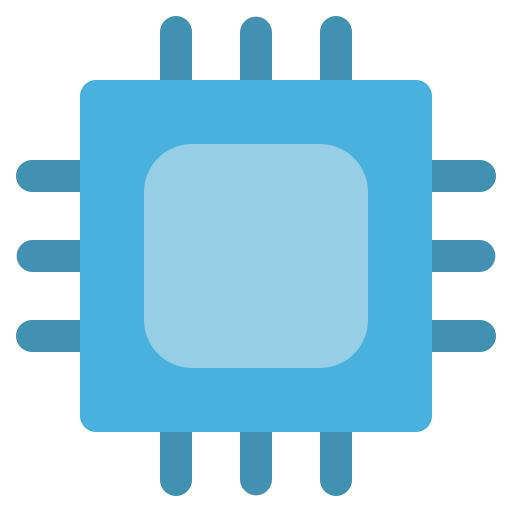At work we use the NexDock for that purpose (for anything that doesn’t have proper Ethernet remote management, at least). It’s relatively convenient that it’s self-powered and self-contained, basically a laptop minus the computer part.
(Conveniently, I see this is also a new model that replaces the awkward mini-HDMI port with a proper full-size one)
If you need VGA, you will have to buy an active VGA-to-HDMI dongle. They’re cheap (down to about $10-15 these days) and seem to work just fine.
Should the preference be to use a laptop you already own, you’ve got a few options. Either an IP KVM like the JetKVM, GL.iNet Comet, NanoKVM, etc, or a USB one such as the Openterface.
(Note that a couple of those links are pre-orders or otherwise not immediately available, make sure you do your research)
All of these things are fairly comprehensively reviewed by tech-focused Youtube channels, just gotta pick your favourite form factor.














It also gives you no clue whether those prices are one-off purchases or monthly subscriptions, making them entirely useless.
$3.99, sounds like a dea… per month… YOU BASTARDS.